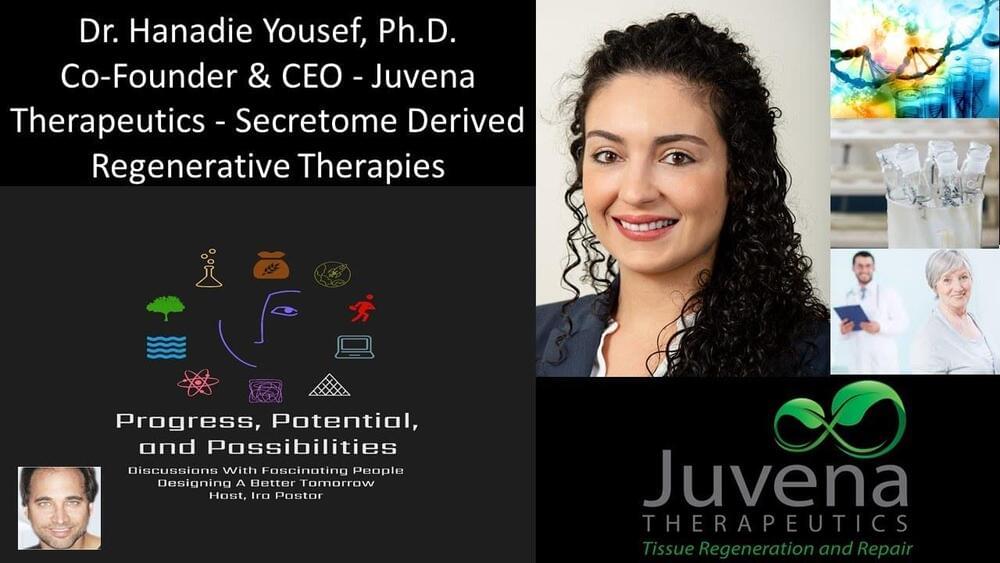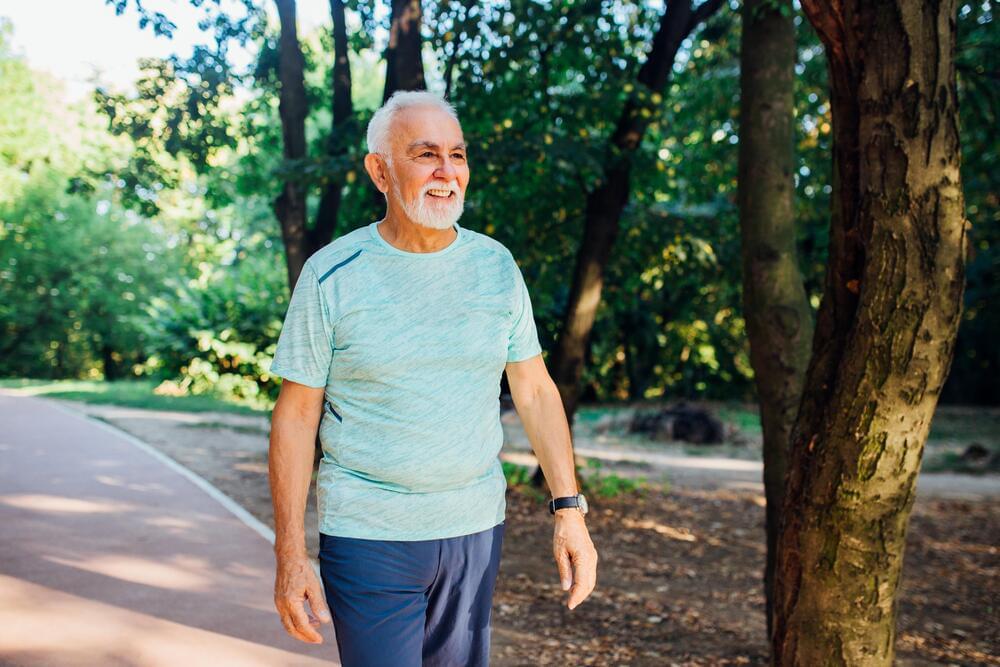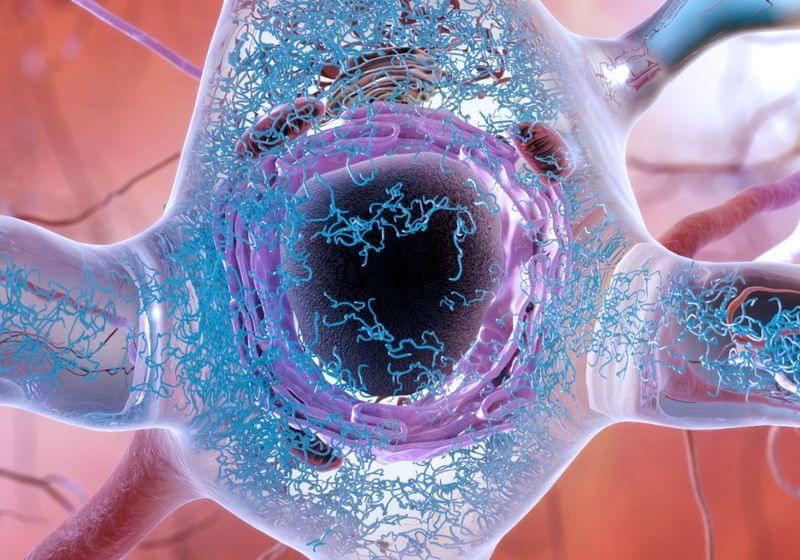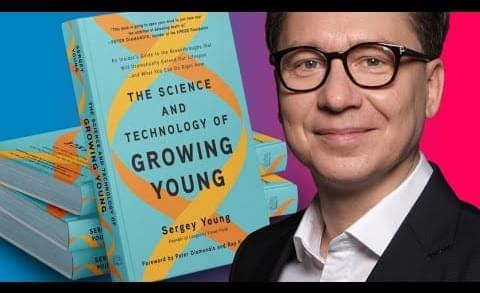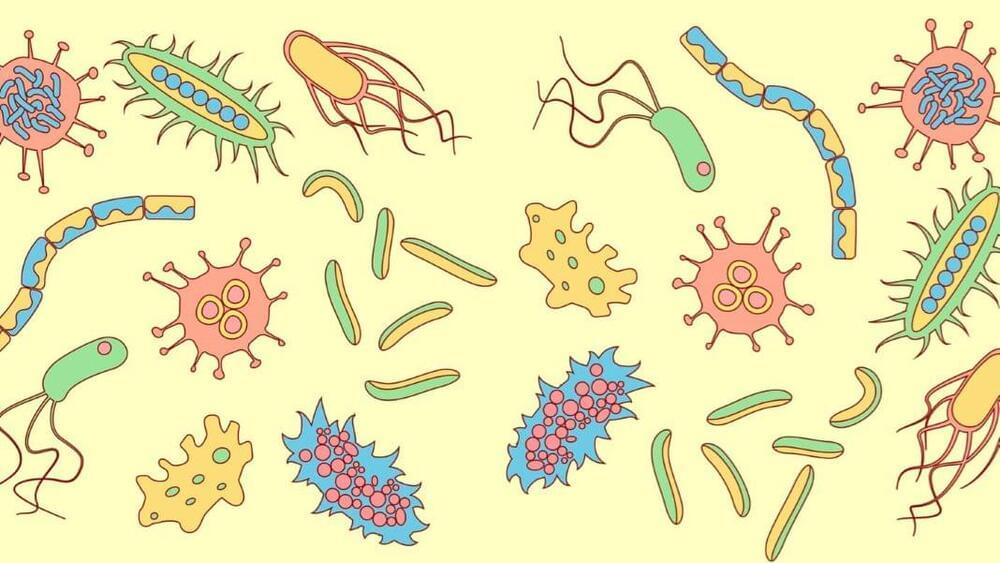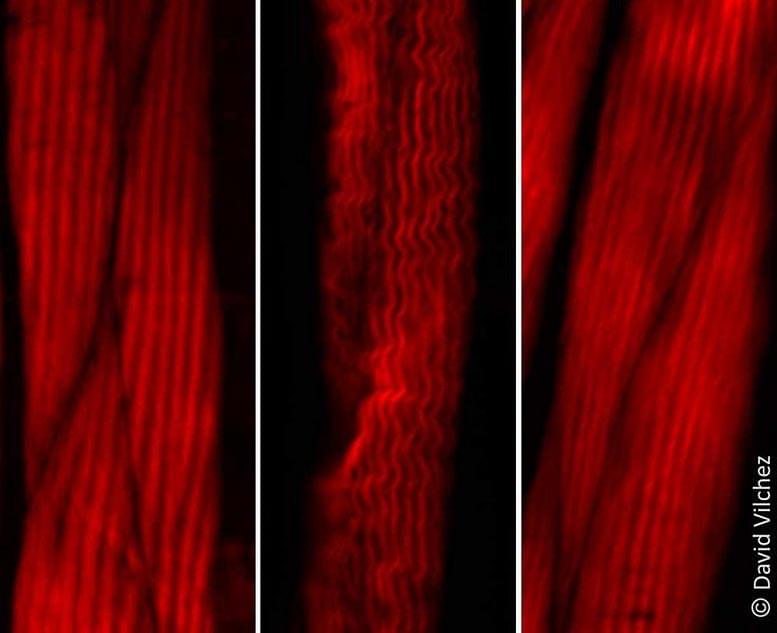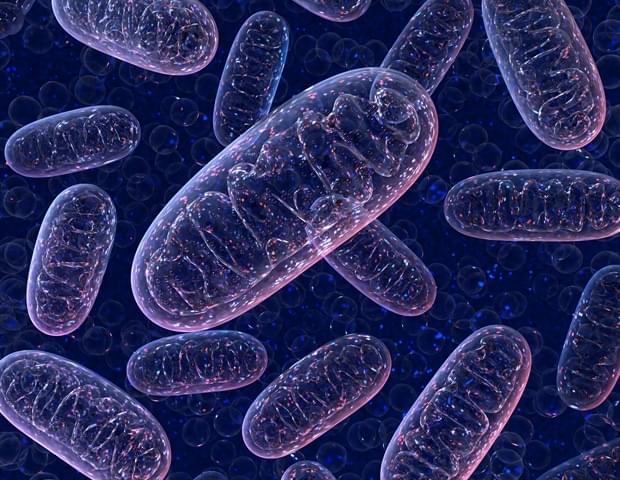Aug 26, 2021
Dr. Harold Katcher, PhD — Chief Scientific Officer — Yuvan Research — Rejuvenative Plasma Fractions
Posted by Ira S. Pastor in categories: biotech/medical, chemistry, genetics, life extension
Studying Novel Plasma Fractions For Age-Related Diseases And Systemic Rejuvenation — Dr. Harold Katcher Ph.D., Chief Scientific Officer, Yuvan Research Inc.
Dr. Harold Katcher is the Chief Scientific Officer at Yuvan Research Inc., a biotech company exploring the development of novel, young plasma fraction rejuvenation treatments in mammals.

